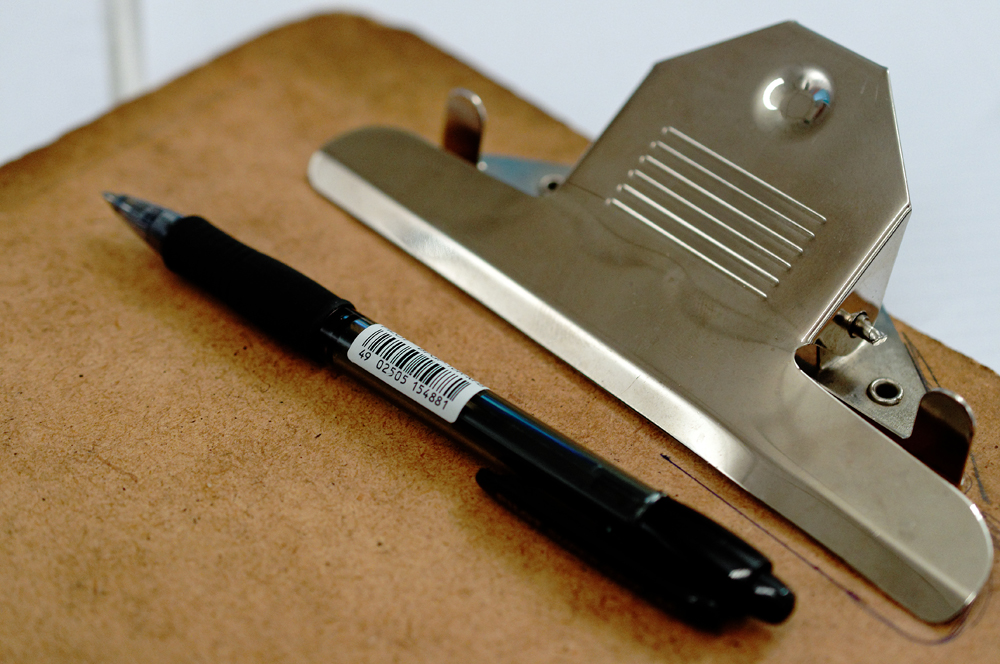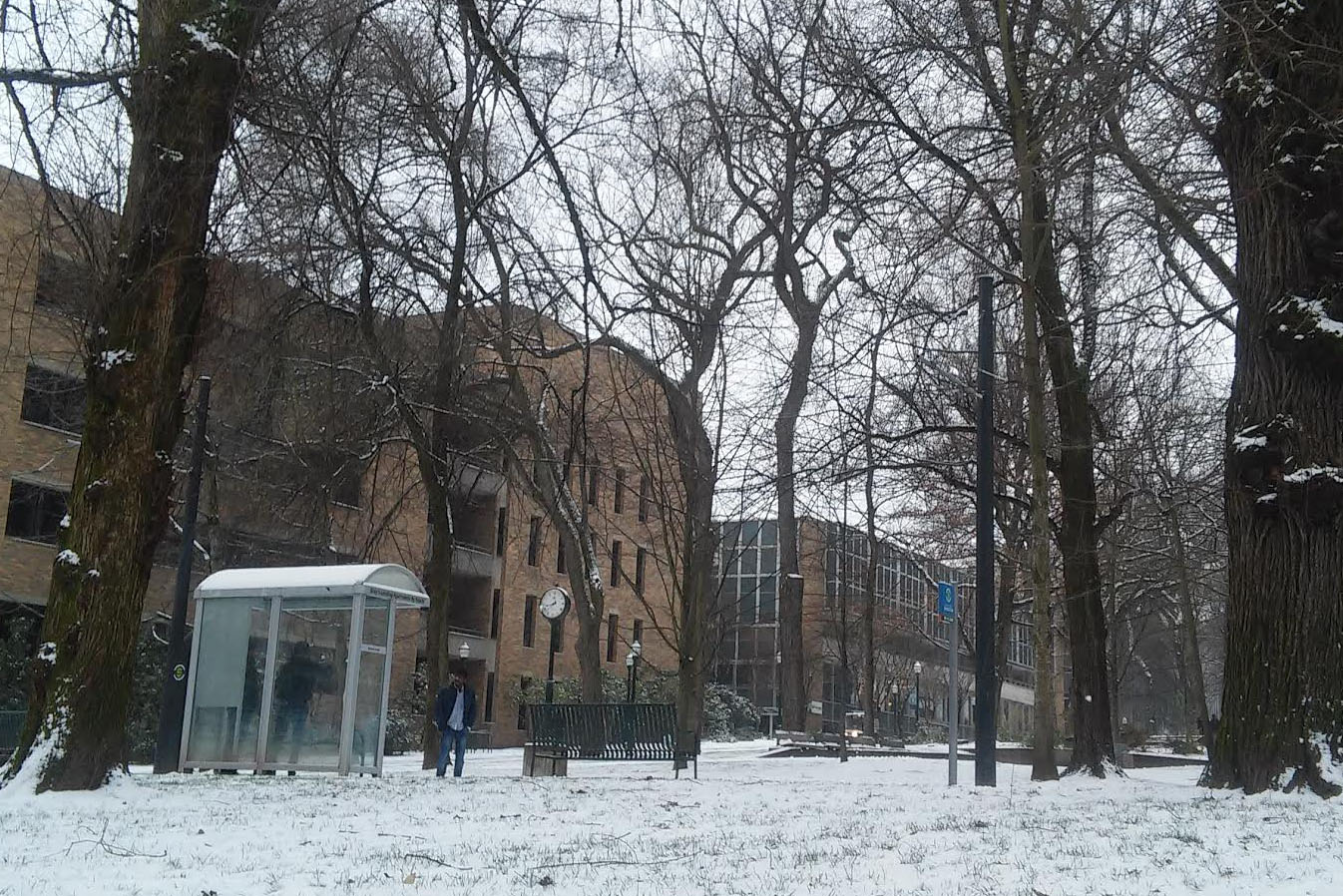Approximately 95 percent of the materials remaining after the demolition of the Portland Center for Advanced Technology building at Portland State were recycled from July to September, according to data from local contractor Nuprecon Inc.
Top priority in PCAT’s demolition: recycling
Approximately 95 percent of the materials remaining after the demolition of the Portland Center for Advanced Technology building at Portland State were recycled from July to September, according to data from local contractor Nuprecon Inc.
Eric Lehman, a project engineer who has been working on the PCAT demolition, said that there was a total of 6,100 tons of material following the destruction of the building, 5,800 tons of which Nuprecon was able to recycle.
Project manager Justin Cook of Skanska USA Building said two goals were set before the demolition began: One goal was to recycle 75 percent of the materials for the entire project, and the other was to recycle 90 percent of the materials following the demolition of the PCAT building.
Cook said that Skanska subcontracted the recycling work to Nuprecon, which included sorting through and separating out all of the recyclable material from debris that is not reusable and ensuring it was transported to reuse facilities.
“The primary materials we were able to recycle are [sic] wood, steel, concrete and brick,” Lehman said.
Once the recyclable material was separated, it was then transported to local reuse facilities, Lehman said. The transportation of the recyclable material usually occurred every couple of days, or whenever there was a considerable amount of it, he said.
Lehman said the steel was taken to local businesses Schnitzer Steel Industries and Metro Metal, melted down to a liquid consistency and then reformed so it could be reused.
Over the course of the two-month period, both the concrete and brick were taken to a crushing facility called Construction Material Exchange, where the materials were deconstructed into smaller pieces, Lehman said.
Cook said that once the concrete and brick are crushed, they could be reused as structural fill, which is a layer of crushed material placed at ground level under buildings or concrete slabs, or as asphalt for roadways or sidewalks.
Lehman said that the wood was sent to Greenway Recycle in Portland to be chopped up into small chips.
“Once the wood is in small chips, it can be reused for landscaping,” Lehman said.
Earnest Tipton, campus design and planning manager, said the recycling efforts are in accordance with the Leadership in Energy and Environmental Design Silver certification standards, which is the goal for the new Academic and Student Recreation Center that is slated to open in fall of 2009.
LEED is a worldwide tool developed by the U.S. Green Building Council to measure the environmental friendliness of buildings and structures.
“LEED certification provides a consistent and comparable standard of sustainable development,” Tipton said.
In addition to the recycling efforts, the new Rec Center will be designed to use 37 percent less energy and 52 percent less water, and an eco-roof will be used to reduce water and chemical usage.




